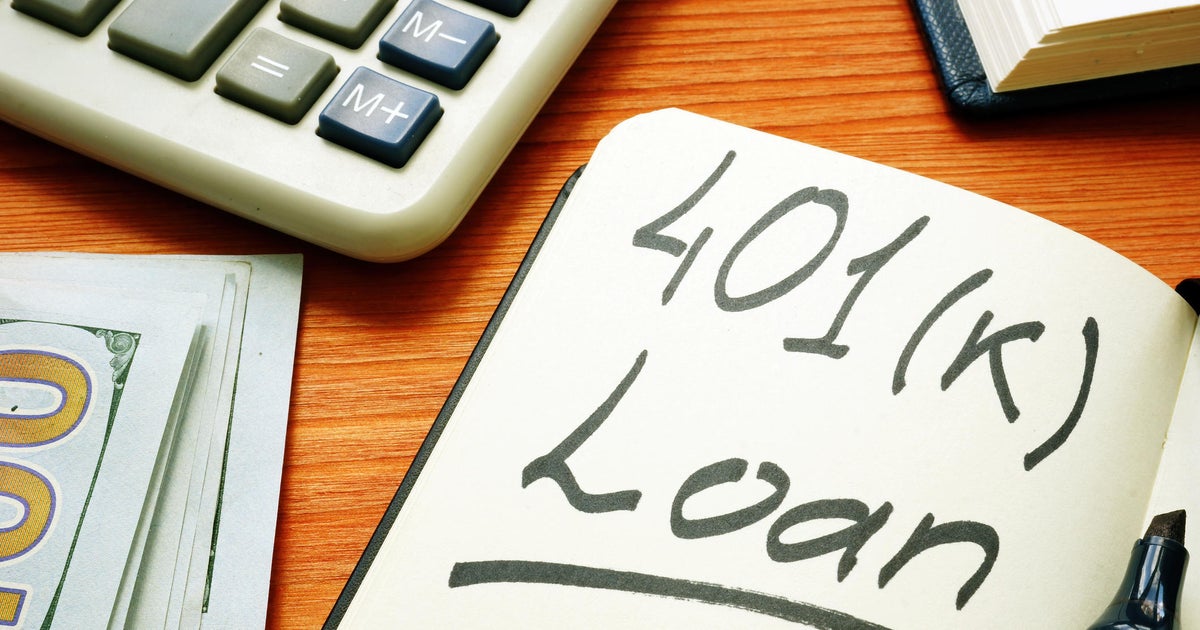How no-spend January can kickstart solid financial habits for 2024
With 2023 winding to a close and 2024 drawing closer, there's a high probability that you're thinking about your New Year's resolutions. According to YouGov, the most common New Year's resolution among American adults is to save more money. But considering the current economic climate, that can be difficult. But the good news is that fun challenges can make it easier to save and set the stage for sound financial habits through 2024.
One such challenge is called no-spend January. Of course, you probably can't live without spending a penny for a whole month — you need somewhere to sleep at night, utilities, food and more. But the idea is to keep spending to a minimum for the month and get rid of any frivolous spending habits you might have. In doing so, you can kickstart the year by developing solid financial habits.
Open a high-yield savings account now to put your idle money to work.
How no-spend January can kickstart solid financial habits for 2024
Taking part in no-spend January can bolster your savings account — but a month's worth of extra savings isn't the ultimate goal here. Instead, use the challenge to kick bad financial habits to the curb while you develop positive ones. For example:
Limit trips to the store
Chances are that you won't be able to go an entire month without going to the store. You'll need food, toiletries and general household staples. On the other hand, no-spend January is all about cutting frivolous spending out of your budget. That means when you take part in this challenge, you shouldn't go to the store just because you think it would be nice to have a soda.
Instead, you'll be planning your trips to the store around necessities for the entire month. That includes meal planning, making grocery lists and only buying what you need. These shopping habits can lead to significant long-term savings.
Your money could be working harder for you. Open a high-yield savings account now.
Stop eating out
If you eat at a restaurant or go to a coffee shop during January, you'll fail the no-spend January challenge. Considering the difference between the cost of a meal that's prepared at home and one that's prepared in a restaurant, this could lead to meaningful savings.
It could also prove to you that you don't need to eat out as often as you do. As a result, you may end up limiting trips to restaurants for the long run, saving hundreds or even thousands of dollars through the course of 2024.
Ignore the impulses
There's no room for impulse buys during no-spend January. As you refuse to give in to the impulse to purchase unnecessary things, you'll get used to thinking about your purchases before you make them. So, you'll likely be less susceptible to impulse-related marketing in the future.
Reassess your subscriptions
No-spend January is all about limiting your spending as much as possible. So, it's a great time to reassess your subscriptions and get rid of those you don't need. When you see how much you can save on subscriptions you don't use, you may start reviewing your subscriptions more often.
Focus on saving money
Ultimately, no-spend January is about limiting your spending in an attempt to increase your savings. Although few people would want to live on the shoestring budget associated with no-spend January for the long haul, picking up just one or two positive habits from the challenge could make a real difference in the amount of money you save over the course of the year.
What to do with the money you save
If you take part in the no-spend January challenge, you're likely going to save a bit of money by the end of the month. If you maintain the positive financial habits you develop as part of the challenge, you could add thousands of dollars to your savings over the course of a year. So, what should you do with your savings?
One of the best options is to put your idle cash into a high-yield savings account. As with traditional savings accounts, high-yield savings accounts are liquid, meaning you can access your money at will. However, you'll likely be limited to six penalty-free withdrawals per month.
The difference between high-yield and traditional savings accounts lies in the returns. The current national average savings account interest rate is 0.57%. On the other hand, the top high-yield savings accounts are currently paying between 4.25% and 5.27%.
These accounts come with the same safety and accessibility features as traditional savings accounts. And, with such a noteworthy difference in returns, it's likely a good idea to store your unused money in a high-yield savings account rather than a traditional one.
Take advantage of today's high rates with a high-yield savings account now.
The bottom line
No-spend January is a great way to give your savings a boost while developing solid financial habits. Just make sure you open a high-yield savings account before you take part in the challenge. That way, you won't just save money; you'll put the money you save to work.




